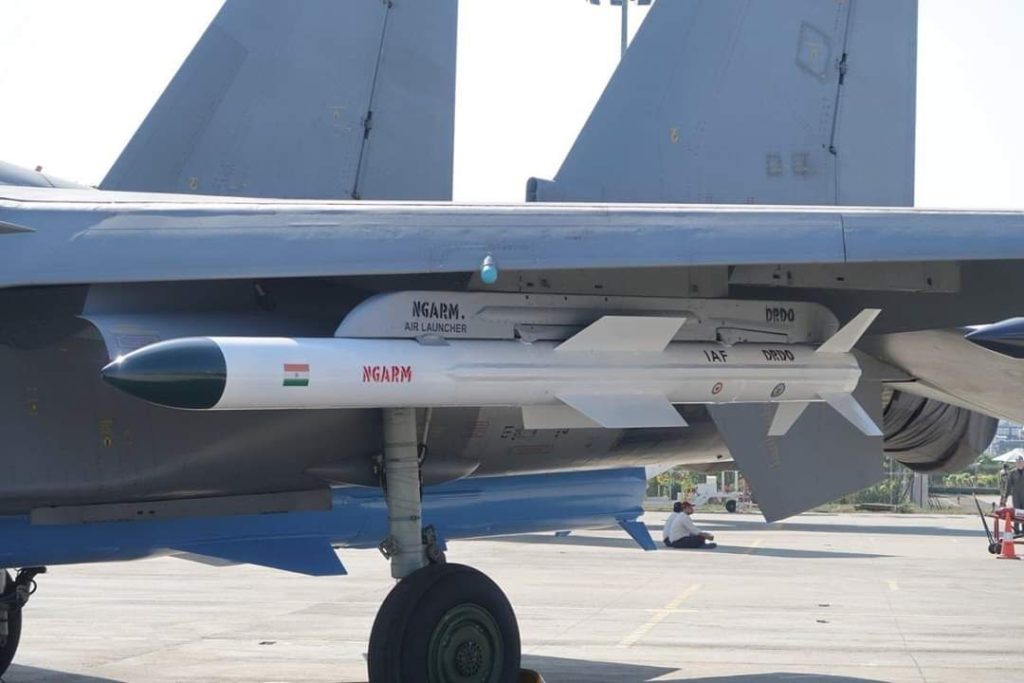DRDO Unveils Rudram-4 Hypersonic Missile, Enhancing Su-30MKI's Strike Capabilities

India is poised to significantly enhance its military strike capabilities with the Rudram-4 hypersonic air-to-surface missile, currently under development by the Defence Research and Development Organisation (DRDO).
This missile is designed to travel at speeds exceeding Mach-5, or over 6,000 km/h, with an impressive strike range of 1,000 to 1,500 km. Such capabilities will greatly extend the offensive reach of the Indian Air Force (IAF), particularly its premier Sukhoi-30MKI fighter jets. This range potentially places nearly all of Pakistan and parts of western China within targeting distance.
Defence experts highlight the Rudram-4's extreme speed, asserting that it is nearly impervious to interception by conventional radar and missile defense systems. The rapid velocity allows only seconds for enemy forces to respond, ensuring a high likelihood of a successful strike.
Based on DRDO's previous Rudram anti-radiation missile series, the Rudram-4 advances beyond Suppression of Enemy Air Defence (SEAD) missions, encompassing Destruction of Enemy Air Defence (DEAD) capabilities. It can neutralize radars, bunkers, and command-and-control centers deep within enemy territory.
| Feature | Details |
|---|---|
| Hybrid propulsion | Utilizes a dual-stage system with solid rocket boosters for launch, followed by a scramjet/ramjet engine for sustained hypersonic cruise. |
| Precision navigation | Equipped with an Inertial Navigation System (INS), GPS updates, and an Imaging Infrared (IIR) seeker for precise targeting, even under significant electronic jamming. |
| Strike range | Ranges from 300 to 1,500 km, establishing it as a true long-range stand-off weapon. |
With a weight of just 600–700 kg, the Rudram-4 missile is versatile enough to be deployed from various platforms. The integration trials will not only include the Su-30MKI but may also extend to the Mirage-2000 and Rafale aircraft, offering the IAF diverse strike options.
The Rudram-4 will serve as a complement to India's BrahMos supersonic missile and the forthcoming BrahMos-II hypersonic system, creating a comprehensive multi-layered strike capability. Analysts perceive this development as a strategic measure to counter China's deployment of sophisticated Russian-made S-400 air defense systems.
This initiative capitalizes on technologies proven in DRDO's Hypersonic Technology Demonstrator Vehicle (HSTDV) and ongoing scramjet engine research. While the exact timeline for induction remains undisclosed, prototype testing is anticipated in the next few years.
Experts in the defense sector assert that the Rudram-4 represents more than just a new missile; it is a force multiplier that will transform the strike capabilities of the IAF. Its combination of speed, range, precision, and resilience positions India among a select group of nations, including the U.S., Russia, and China, pursuing operational hypersonic systems.



















